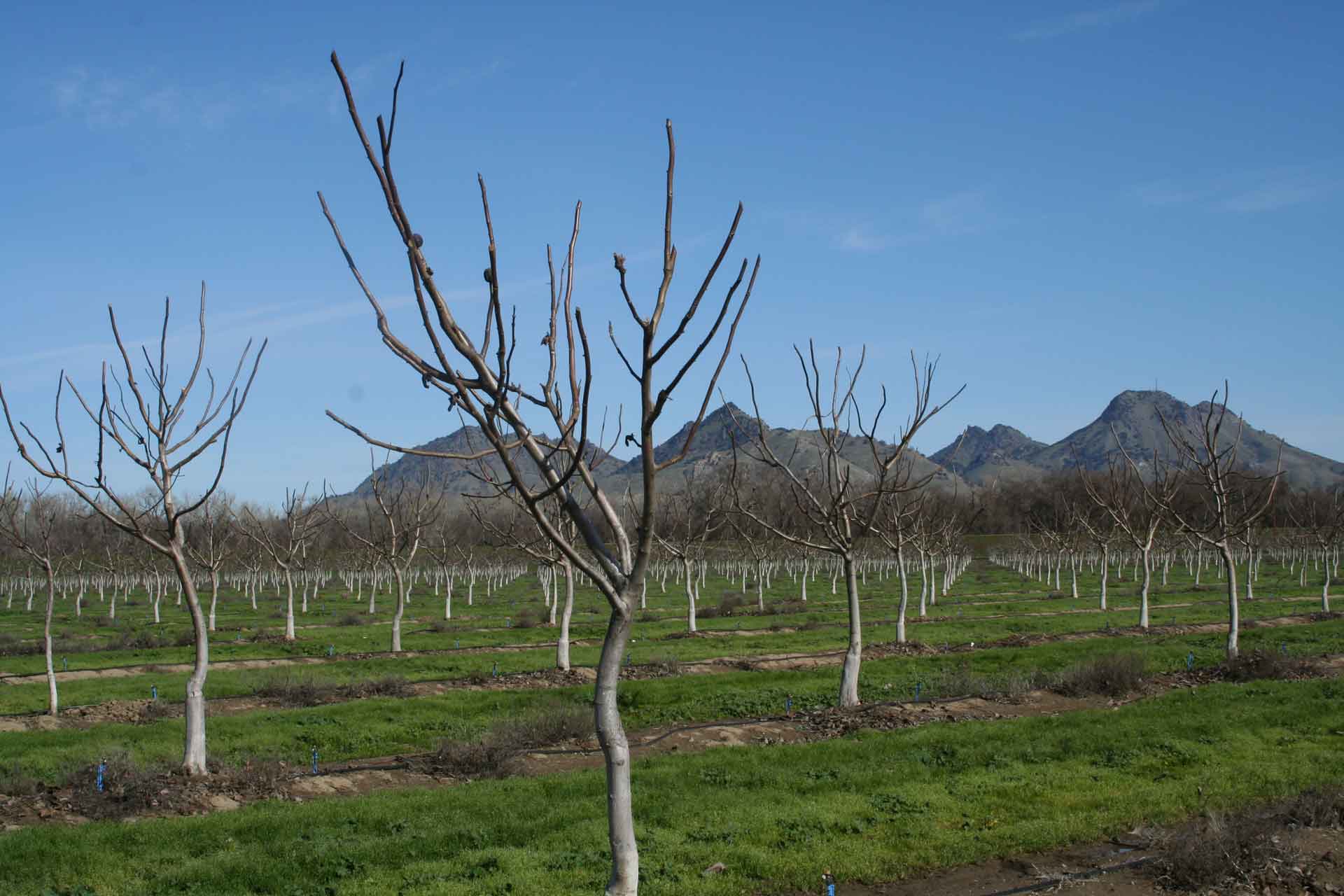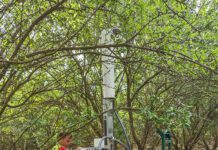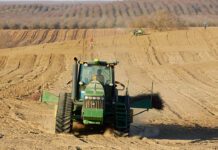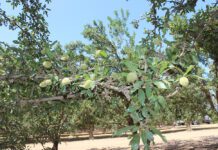When walnut harvest ends just as wet weather commences, it is difficult to squeeze in those fall tasks in the orchard.
Applying nutrients and preemergent herbicides, noting soil moisture, observing tree health and possibly planting a cover crop are postharvest activities in many walnut orchards.
Adding soil moisture and sunlight as trees defoliate in November means weeds will crop up in tree rows. Though weeds are less of a problem in mature orchards than they are in younger orchards, weed control postharvest needs to be addressed.
Luke Milliron, University of California Cooperative Extension (UCCE) orchards advisor in northern Sacramento Valley counties, said after postharvest irrigation or early rains, growers should survey the weeds that have survived the summer control program, making note of problem areas in the orchard and weeds that have developed resistance to herbicides previously used. A weed survey for late fall can be found on the University of California (UC) Integrated Pest Management (IPM) website.
With that information, a November strip spray program for the tree row can be devised. The program should include both preemergent and post emergent contact materials. Post emergent (contact) materials are used to control the weed population that’s already present. Resistance management with contact herbicides means rotating through multiple modes of action year by year or tank mixing with multiple modes of action.
Pre emergent applications should be timed shortly before rainfall is forecast or a sprinkler irrigation. To be most effective, berms should be clean of leaves and plant debris.
Late fall is also a good time to inspect orchards for dead and infected branches from Botryosphaeria and Phomopsis cankers. UC IPM guidelines advise to only prune to reduce inoculum if there is no rain in the forecast. If there is a prolonged dry period, diseased limbs should be pruned.
Another task to consider would be a banded application of potassium if July leaf analysis indicated a deficiency. Potassium products are normally applied in large doses as soil-applied band applications along the tree row in early winter so the winter rainfall can help provide incorporation. This link can provide additional information. http://apps.cdfa.ca.gov/frep/docs/Walnut.html
For the latest research updates and 2019 field observations, join Sacramento Valley Area IPM advisors on November 22 at the Chico Veteran’s Memorial Hall. They will also discuss key production and pest management issues in almonds and walnuts.
Complete agenda and additional details will be available on the events page at sacvalleyorchards.com. The Department of Pest Regulation (DPR) and Certified Crop Advisor (CCA) Continuing Education hours requested. Coffee and refreshments provided by the Support Group of Butte County UCCE.













